Computational Studies of Electron Systems
int main()
{
printf("Hello world\n");
return 0;
}Gergő Kukucska
september, 2018
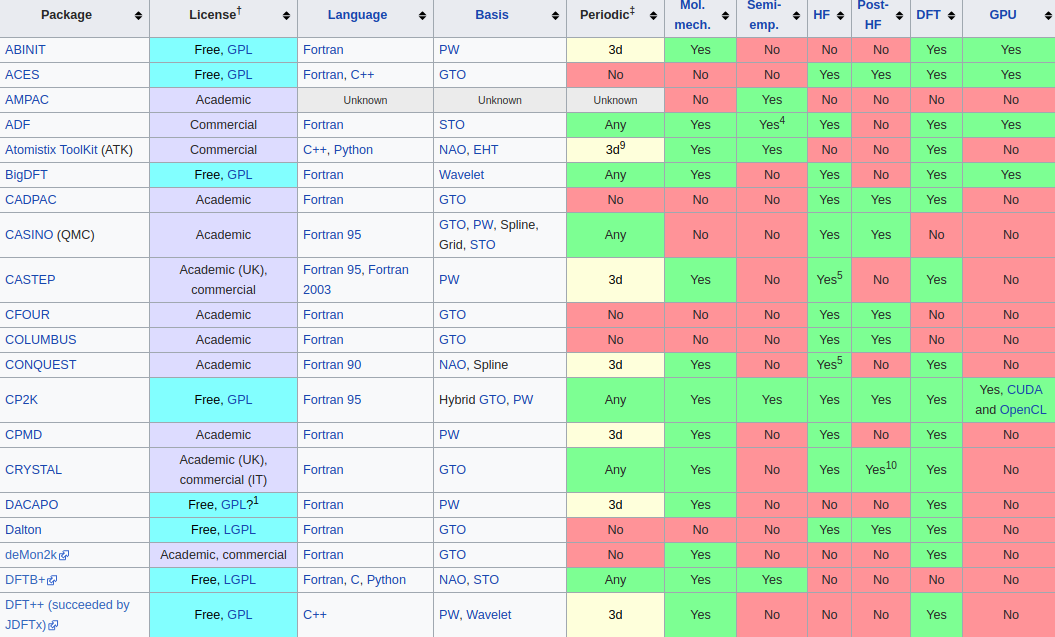
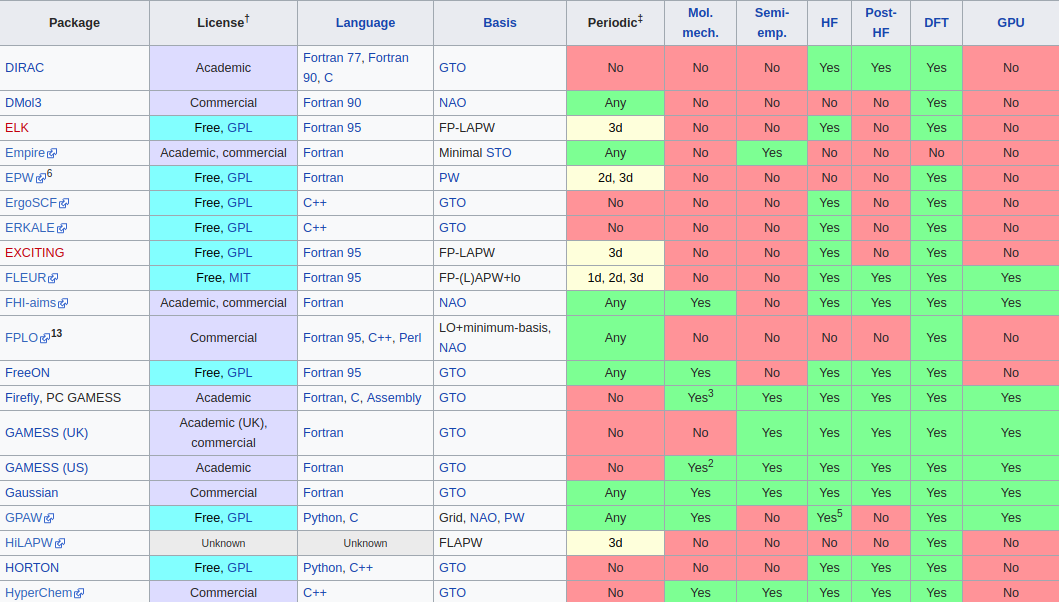
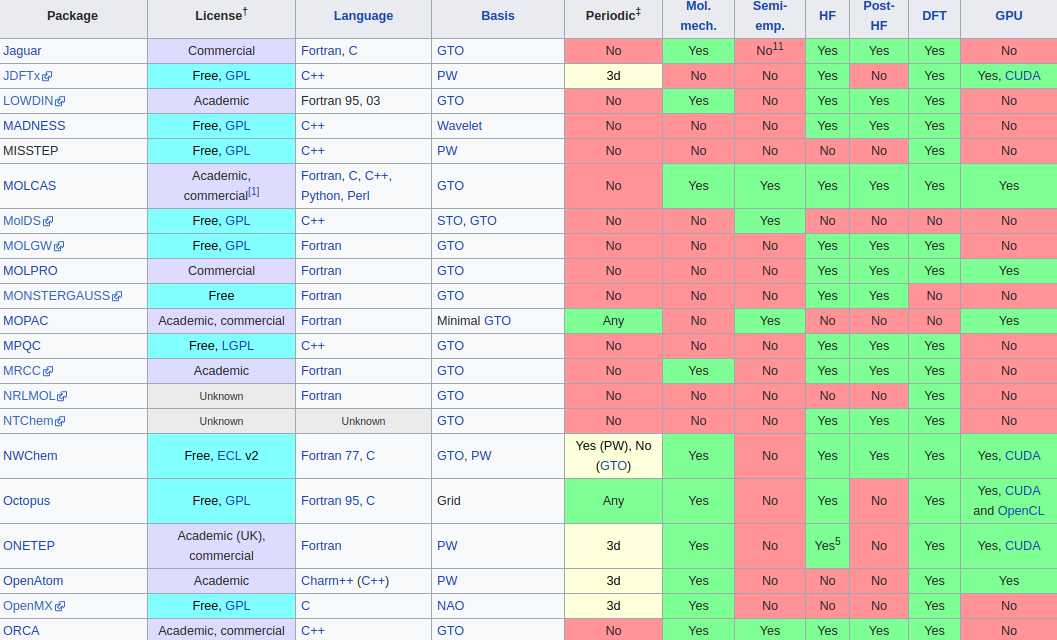
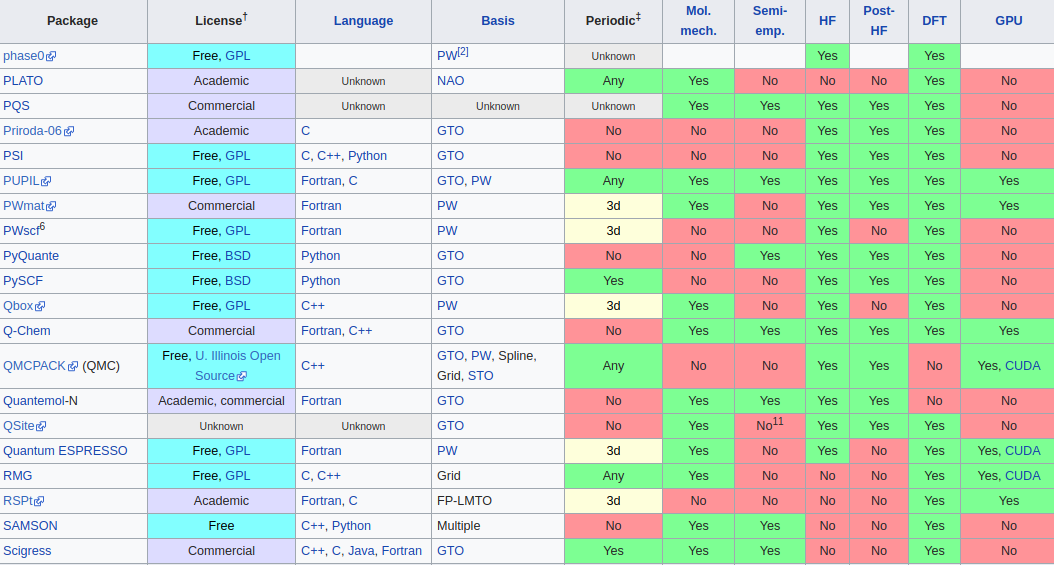

Single body problem
Analytically solvable for numerous cases:
- Harmonic oscillator
- Hydrogen atom
- etc....
Two body problem
Scattering problem:
- Born approximation
- Partial waves
Helium atom: 1 nucleus and 2 electrons
Born-Oppenheim approximation: \(m<<M\)
Helium atom: 1 nucleus and 2 electrons
Born-Oppenheim approximation: fixed nuclei
Analytically unsolvable
Assimptotic methods:
- perturbation: \(V_{ee}\) as small perturbation
- Problem: Huge first order corrections (many orders needed to converge), need description of scattering states
- variation calculus:
Practical implementation:
- \(|\psi\rangle\) ansatz is the function of some parameters \(\lbrace a_j\rbrace\)
- Anti-symmetric: \(\psi (1,2)=-\psi (2,1)\)
- Calculating the regular \(E(a_j)\) function and minimizing it
- best one Slater determinant solution: Hartree-Fock equations:
Who's got the largest.... ansatz?
- More parameters \(\rightarrow\) larger parameterspace \(\rightarrow\) better \(E_0\)
- Convenient ansatz: Slater-determinant
- \(E_{HF}\) is not the experimental energy
- What's better than a Slater determinant?
- Two Slater determinant
- includes correlation effects
What does correlation mean?
Different types of correlation:
- Radial correlation: electrons orbiting with different radius
- Angular correlation: electrons avoiding to be on the same side of the nuclei: \(\psi\approx 0\) if \(\varphi_1\approx \varphi_2\), \(\theta_1\approx \theta_2\)
- Coulomb hole: electrons completely avoid each other: \(\psi\approx 0\) if r\(_1\approx\) r\(_2\)
- Fermi hole (larger atoms): result of Pauli's exclusion principle
- triplet spin state: \(|\uparrow\uparrow\rangle\)
- anti symmetric spatial part \(\psi\approx 0\) if r\(_1\approx\) r\(_2\)
- singlet spin state:\(\displaystyle\frac{(|\downarrow\uparrow\rangle-|\uparrow\downarrow\rangle)}{\sqrt{2}}\)
- symmetric spatial part \(\psi\neq 0\) if r\(_1\approx\) r\(_2\)
- triplet spin state: \(|\uparrow\uparrow\rangle\)
Brute force always works!
Completely numeric solution with finite element methods:
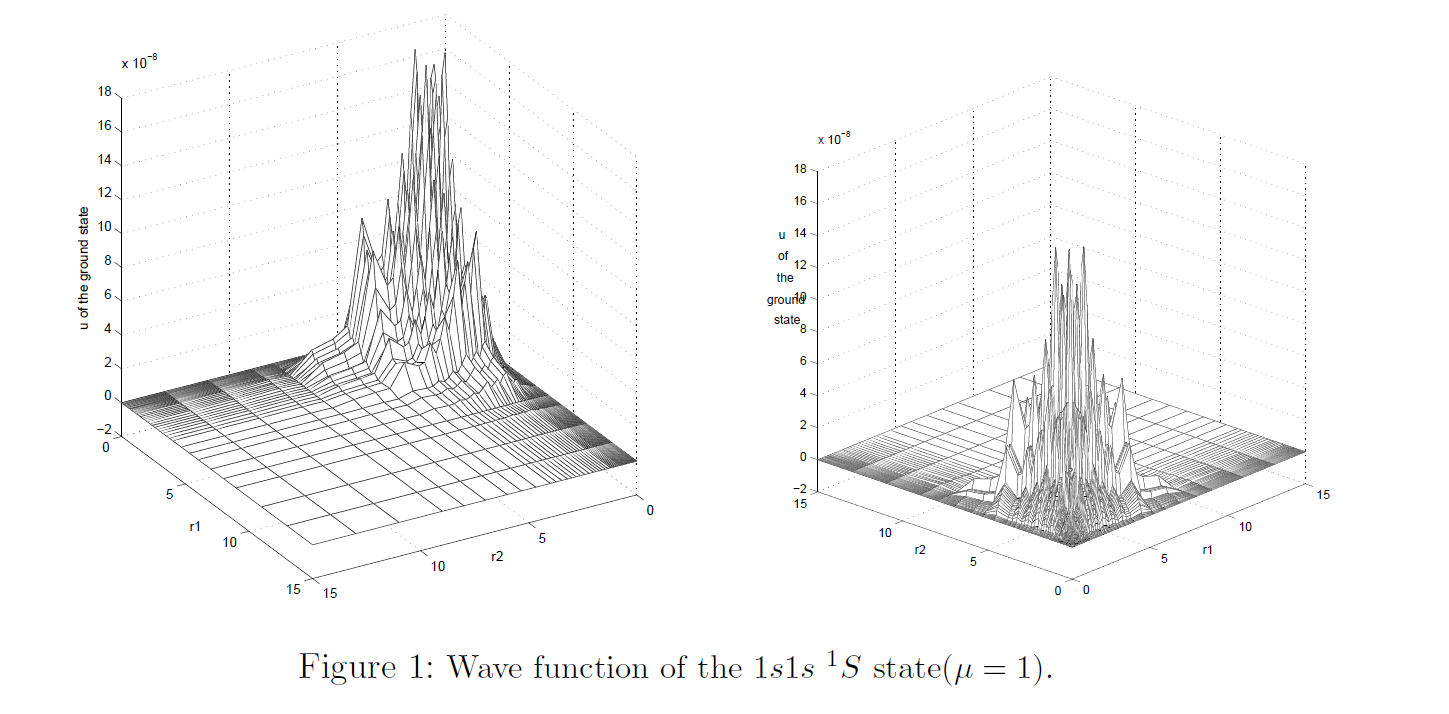
Zheng, W. and Ying, L. (2004), Int. J. Quantum Chem., 97: 659-669. doi:10.1002/qua.10770
End of the semester
for astrophysicists....
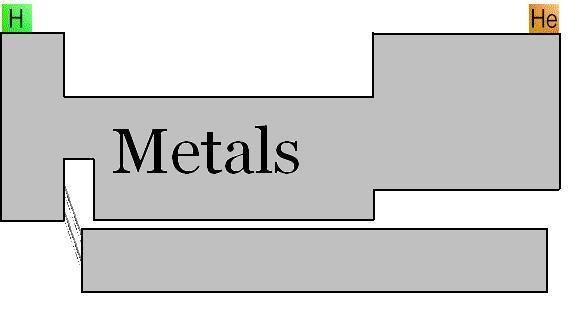
Many body problem
Many body problem
Born-Oppenheim approximation: \(m<<M\)
Separated Schrödinger equations:
Many body problem
Cross term:
Two approximations:
- Born-Oppenheimer approximation: \(\hat{B}\)=0
- Adiabatic approximation: effect of \(\hat{B}\) as expectation value
When does it matter?
- Only if the energy of two electronic states are close (conical intersection)
- Slightly change the optimal configuration of atoms
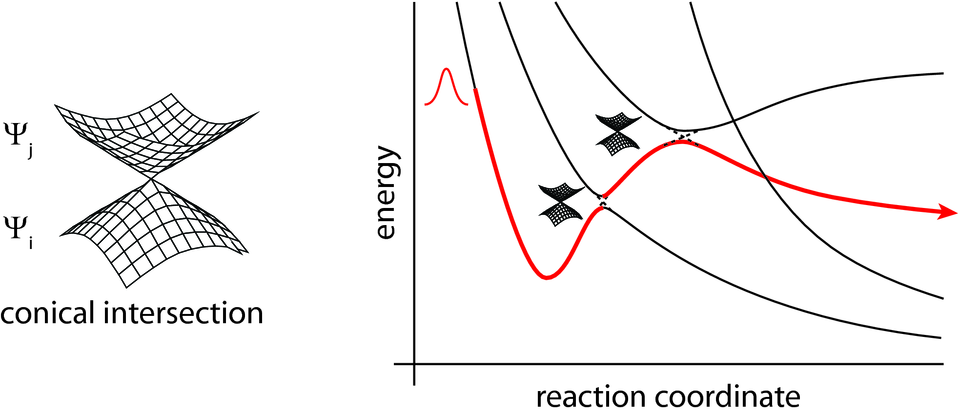
Conical intersection
Brute force always works?
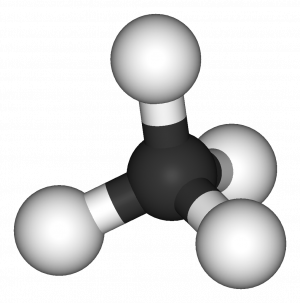
1 Carbon, 4 Hydrogen = 10 electrons
30 independent coordinates
(excluding spin)
100 point per coordinate
\(100^{30}=10^{60}\) Complex number
1Complex number /\( 1\textrm{\AA}^3 \) (Using spins as bits)
Wavefunction stored in ~\(10^{30}\,\textrm{m}^3\)
The world is not enough...Literally!!!!

Volume of earth:
\(4\pi/3\cdot(6.37)^3\cdot10^{18}\textrm{m}^3\approx10^{21}\textrm{m}^3\)
We need 1 billion earth!

We don't have 1 billion earths... YET!!!

Until we get enough storage... Let's think!
Apply symmetry considerations?
- improvement by 2-100 factor
Reduce number of coordinates?
- Consider only half of the independent coordinates
15 independent coordinates, 100 point per coordinate
\(100^{15}=10^{30}\) Complex number,1Complex number /\( 1\textrm{\AA}^3 \)
Wavefunction stored in ~\(10^{1}\,\textrm{m}^3\)

Only 10 box of wood is enough!
Hohenberg-Kohn theorems
We can reduce the number of coordinates to 3!
Consider an interacting many-body system in an external potential:
Hohenberg-Kohn I: The external potential (\(v_\textrm{ext}\)), and hence the total energy, is a unique functional of the electron density (\(n(\mathbf{r})\)).
Hohenberg-Kohn II: The groundstate energy can be obtained variationally: the density that minimises the total energy is the exact groundstate density.
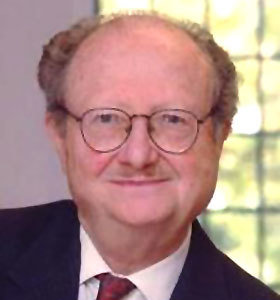

Hohenberg-Kohn I: The external potential (\(v_\textrm{ext}\)), and hence the total energy, is a unique functional of the electron density (\(n(\mathbf{r})\)).
The usual way:
The external \(v_\textrm{ext}\) potential defines the Hamiltonian \(\hat{H}\)
Ground state obatined by solving:
Electron density obtained:
What's new?
Hohenberg-Kohn I: The external potential (\(v_\textrm{ext}\)), and hence the total energy, is a unique functional of the electron density (\(n(\mathbf{r})\)).
The Hohenberg-Kohn way:
The external \(v_\textrm{ext}\) potential defines the Hamiltonian \(\hat{H}\)
Ground state obatined by solving:
Electron density obtained:
What's new?
THE RELATION IS UNIQUE AND REVERSIBLE!!!
Hohenberg-Kohn I: The external potential (\(v_\textrm{ext}\)), and hence the total energy, is a unique functional of the electron density (\(n(\mathbf{r})\)).
Lets prove it!
This must be satisfied in all points, thus \(\hat{V}_1\)\(=\hat{V}_2+\) constant
Round 1: Proove that two external potential can't yield the same ground state wavefunction
Hohenberg-Kohn I: The external potential (\(v_\textrm{ext}\)), and hence the total energy, is a unique functional of the electron density (\(n(\mathbf{r})\)).
Round 2: Prove that two different wavefunction cannot yield the same density
Hohenberg-Kohn II: The groundstate energy can be obtained variationally: the density that minimises the total energy is the exact groundstate density.
Already prooven relation:
Consider other \(|\psi'\rangle\) wavefunction:
From the variational principle:
Next step?
Equality constrain!
Modified functional:
Two way to solve it:
- Thomas-Fermi approximation
- Kohn-Sham equation
Euler equation:
Thomas-Fermi approximation
Kinetic part of \(E[n]\) from Heisenbergs uncertainity:
Kinetic energy density:
Relation between maximal momentum and density:
Volume of the phase space:
Number of states within the phase space:
Thomas-Fermi approximation
Total energy functional:
Euler equation:
Pros:
- Self consistent description of quasi-classic electron system
- Good for qualitative description of weekly interacting \(e^-\) gas
Cons:
- Approximate kinetic energy
- No exchange term
- Can't describe strongly oscillating systems
Kohn-Sham equations
Search the wavefunction in a single Slater-determinant form:
Kinetic energy:
Self interaction energy:


Kohn-Sham equations
Modified Lagrangian:
Each Kohn-Sham orbital have to be normalized!
Kohn-Sham equations
Minimizing the constrained energy functional:
Kohn-Sham equations:
Exchange-correlation potential:
One last question: What is \(E_{xc}[n]\)?
Answer: Noone knows

Form of exchange-correlation functional
Classical Coulomb energy:
Exchange energy:
Correlation energy:
Sum rules:
Exact xc should obey these sum rules!
Fock exchange term
?????
How to solve the Kohn-Sham equations?
Random initial wavefunction
Calculate density
Construct \(v_{xc}\) and Coulmb term
Solve the eigenvalue problem
Check convergence
Post scf calculations (forces, bandstructure, etc.)
False
True
How to converge?
Convergence criteria:
- Total energy
- Kohn-Sham eigenvalues
- Density
Updating the density from the previous iteration:
- No mixing: \( n_{in}(i)=n_{out}(i)\)
- Linear mixing: \(n_{in}(i)=n_{out}(i)+A(n_{out}(i-1)-n_{out}(i))\)
- Kerker mixing: \(n_{in}(i)=n_{out}(i)+A\frac{i^2}{i^2+B^2}(n_{out}(i-1)-n_{out}(i))\)
- Pulay mixing: \(n_{in}(i)=n_{out}(i)+A\cdot\text{min}\left(\frac{i^2}{i^2+B^2},A_{min}\right)(n_{out}(i-1)-n_{out}(i))\)
Which one should you choose?
- Convergence criteria: Total energy, density (code dependent)
- Updating method: Pulay generally works, can be problem dependent

Why do you mix?
Why do you mix?

Summary
What did we learn today?
- Brute force doesn't work always
- We need to wait for astrophysicist
- We can calculate correlation with a correlation free ansatz
- We don't know nothing
Whats next?
- We will go to the ZOO!... Of \(E_{xc}\) parametrizations
- How to calculate numerically with finite basis?
- Why use localized basis sets
- Why don't use localized basis sets
- How to apply DFT to real problems...
- How to improve results?
Thank you for your attention!
